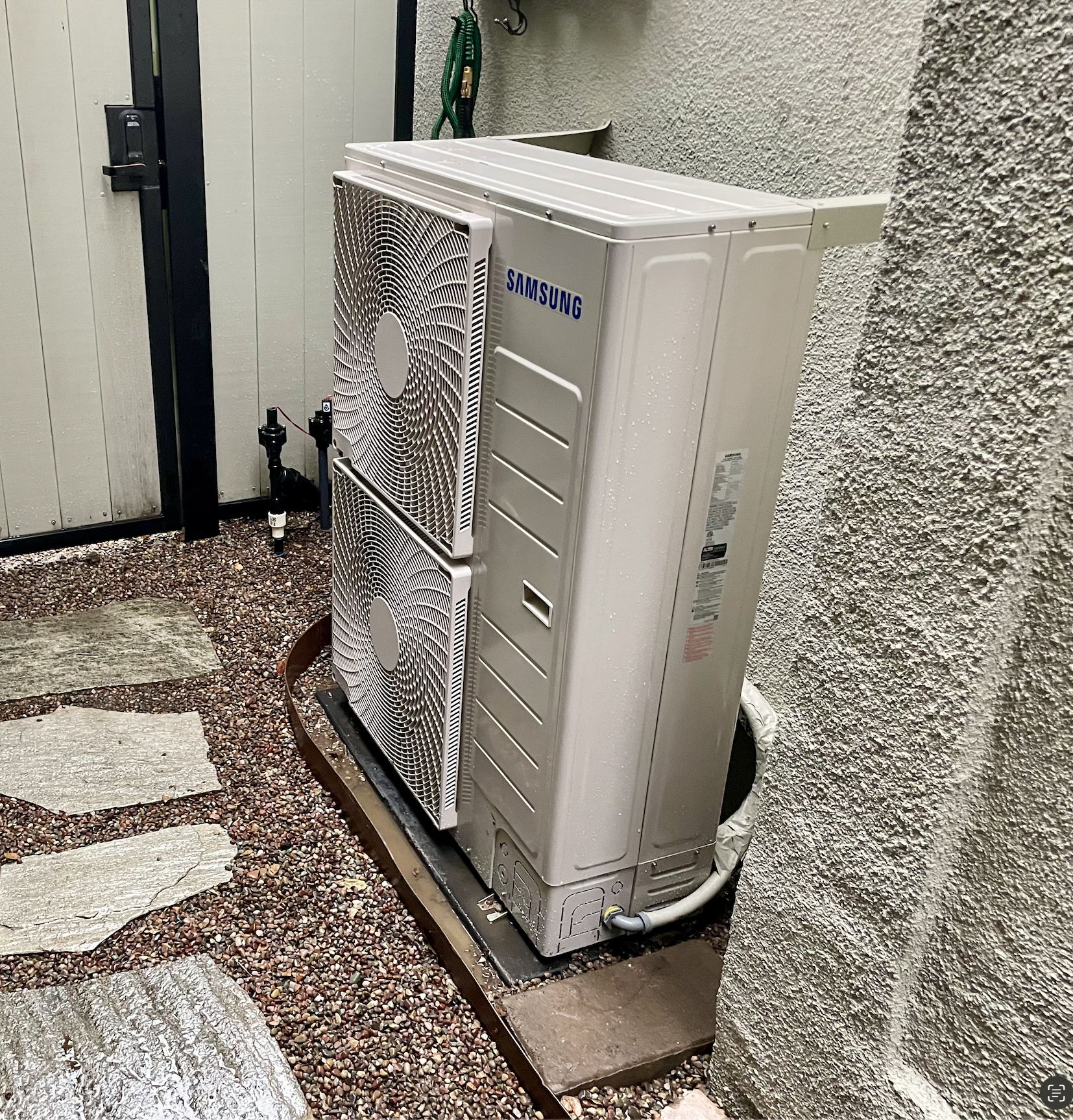IRA Rebates for Home Efficiency and Electric Appliances
Large federal rebates are here. Are you eligible?
Updated January 6, 2025
The federal Inflation Reduction Act (IRA) created two Home Energy Rebates Programs that will offer unprecedented support for home electrification projects such as heat pumps, heat pump water heaters, and other efficiency measures.
The United States Department of Energy (DOE) estimates these programs will save American households up to $1 billion on energy bills each year and support over 50,000 U.S. jobs.
Read on to learn more about the details, eligibility, and timing for these rebates.
January 2025 update: Take advantage of these credits while they're available! The incoming Trump administration may reduce or even repeal the Inflation Reduction Act, which funds these tax credits.
HEAR/HEEHRA Program
The federal Home Electrification and Appliances Rebates (HEAR) program helps moderate and low-income households go electric with rebates on heat pumps and heat pump water heaters. In California, the California Energy Commission (CEC) administers these rebates through its High-Efficiency Electric Home Rebate Act (HEEHRA).
-
- HEEHRA rebates are available to California households with a total income that is less than 150% of the Area Median Income (AMI). Look up your AMI here.
-
- This program offers two levels of rebates for heat pumps:
- $4,000 for homes making between 80-150% of AMI
- An additional $4,000 for lower income homes making less than 80% of AMI
-
Qualifying heat pumps must be ENERGY STAR® listed models:
- Equipment can be 2-stage or variable capacity systems; 1-stage systems are not eligible.
- New gas furnaces cannot be installed as part of the heat pump project. Existing furnaces can be left in for backup heating if the heat pump is sized to meet the home's heating needs.
- This program offers two levels of rebates for heat pumps:
QuitCarbon provides free guidance that helps you plan your upgrades to maximize these rebates. Click here to answer a few brief questions about your household income range so we can provide the most accurate guidance for your home.
HER/HOMES Program
The federal Home Efficiency Rebates (HER) program—in California, known as Homeowners Managing Energy Savings (HOMES)—funds whole-house energy efficiency retrofits.
-
- HOMES is expected to launch sometime in 2025.
- The program may offer $2,000 - $7,000, depending on total energy savings, with larger amounts for those earning less than 80% of the Area Median Income (AMI).
- You can look up your AMI here.
Note: The IRA rebates are different from the federal tax credits, which are already available, and are not income-limited. The Energy Efficient Home Improvement Credit provides a tax credit of 30% for eligible eligible expenses such as heat pumps.
Availability of Rebates
The rollout of these programs varies by state. To check program availability in your state, see the DOE's Home Energy Rebates Progress Tracker.
For California:
- HEEHRA rebates are currently available in California.
- HOMES rebates are expected sometime in 2025.
Determine Your Eligibility
Determining eligibility for these programs involves a few straightforward steps:
-
Income Verification:
- HEAR/HEEHRA Program: This program specifically targets low- and middle-income households. Homeowners need to provide income documentation to qualify for these rebate amounts.
- HER/HOMES Program: Generally, all homeowners are eligible, but higher rebates will be available for low- and middle-income households.
- Home Energy Assessment:
- Conduct a home energy assessment to identify potential improvements and estimate the energy savings from proposed upgrades.
- For California homeowners, we recommend starting with QuitCarbon's free home energy assessment here.
- Application Process:
- Contractors will do most of the application work for these rebates, and will apply the rebates to the cost of your project at the point of sale.
- Homeowners will need to submit an application through the designated state or utility program portals. Keeping documentation of all improvements and costs will streamline this process.
Plan the Timing of Your Home Energy Upgrades
IRA rebates are not retroactive, and will only be available after a program has launched.
In deciding how to time electrification work, you will need to weigh your personal finances and priorities against the incentives offered in these programs.
QuitCarbon will analyze your specifics and craft a plan of action for your home. Then we'll help you electrify with ease and savings, on the timeline that works for you.
Additional Resources
For further information, explore the following resources:
- California Energy Commission (CEC): www.energy.ca.gov
- U.S. Department of Energy (DOE): www.energy.gov
- Home Energy Saver: www.homeenergysaver.lbl.gov
- DSIRE (Database of State Incentives for Renewables & Efficiency): www.dsireusa.org
- Local Utility Providers: Check your utility provider’s website for specific information and updates regarding the rebates.




